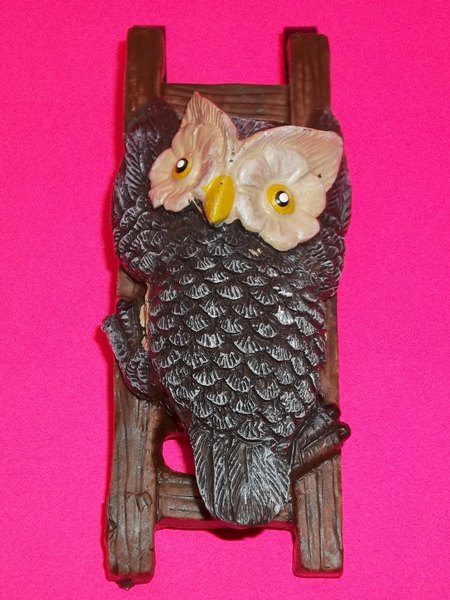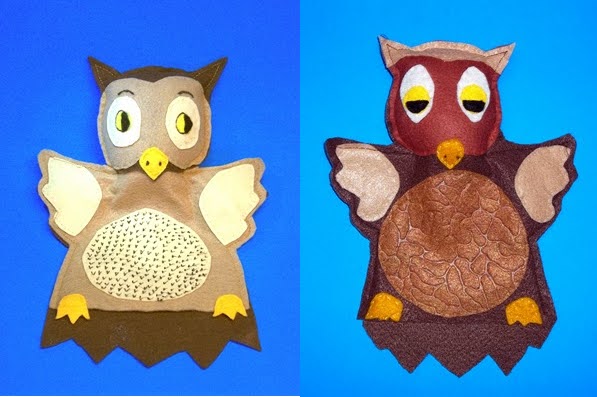John Keats
There was a blizzard on New Year's Eve. My dad and I had worked hard during the day to give the livestock and poultry extra food, water, and straw bedding and shut the barn and out-buildings tight. Now it was New Year's Day. After the breakfast dishes were done, I had most of the day all to myself, with no school for a couple of days. It was a foggy day, so I pulled my chair close to the window for additional light. I have always loved poetry and was reading Keats. I had just read the words above when a movement in a tree close to my window attracted my attention. A great horned owl was settling itself on a branch at about my eye level. How wonderful, I felt, the way that the words and the bird's arrival coincided! We stared at and studied each other often during the day. I came to feel that the two of us, from such different species, had forged a bond. We had shown interest in, and respect for, each other. As I stood up, reluctantly, to set the supper table, the owl shook itself, gave a loud "hoot", and lifted away into the twilight.
This post will feature owls — real and imaginary — and will show art-work, provide patterns, and hopefully produce a few chuckles with some "improbable" owls.
But there is also another reason for this issue. I listened to a very impressive high school student whose message was: "We can all do SOMETHING for others during these troubling times!" Then he set about recruiting others to do just that. As a senior citizen who has been "sheltering-in-place" for 12 months, dependent on others, that statement really resonated with me! So J.D. and I made lists of things which might have helped us or others like us, and we will include some of them between the art and craft projects. We ask those of you who read this post to consider something from one of our lists or one that you make for yourself. Thank you!
Here is a little owl I made back in 2014. The pattern is to make him in cross-
stitch, but the photo is of the same design in needlepoint.
J.D.: If you "give a hoot" about helping out house-bound people this winter, here are some things you might do:
- Clear snow and ice from sidewalks.
- Walk dogs.
- Rake leaves.
- Roll trashcans to the curb and put them away when empty.
- Run errands.
- If you have a car, provide transportation.
- Just stop by occaisionally, in a safe socially distanced way, to check on their welfare.
In a previous post we started a series on background designs. This owl shows how body parts can be indicated by using background designs similar to those we showed in that post. Colors need not be realistic. Make them as vivid or as subtle as you wish.
Owls don't have to be confined to needlework. They can be produced in any number of crafts Here is one done in stained glass, one that is a metal candle lantern, and a sterling silver pin with opal triplets set in.
Owls are one of my favorite animals for making into puppets.
Annake: Here are some more thoughts on "Giving a hoot":
- Women of my generation still like to write letters and send actual greeting cards, not virtual ones. Donate notepaper, greeting cards, envelopes, pens that really write, or a few stamps.
- Call frequently to see how the person is getting along, ask how you can help, and take the time to chat for a few minutes.
- Listen carefully to what the person has to say, checking for signs of distress or confusion.
- Prepare a casserole that can be reheated or a dessert that can be refrigerated for several days.
- Keep track of the person's appointments and remind them.
- Make a scrapbook about something the person loves — scenes, flowers, wildlife, sports, etc., from magazines and calendars.
- Offer to care for pets or plants if the person has to be away for a few days.
This is an owl originally done in Spanish black-work on checked gingham. It can be stitched just as well on a plain even-weave fabric like monks' cloth or Aida or done in needlepoint. Click on the pattern to download it.
 |
| Click here to download the blackwork pattern. |
While looking over our black-and-white prints, we found that we had never published a photo of our barn owl print, shown here. Because of their distinctive shapes and upright postures, owls make good subjects for artwork.
Those same attributes make them easy to do as readily recognizable cartoons or nature drawings. It is even possible to do semi-abstract renderings. Here are a couple of sketches friends made for me which used very different techniques.
 |
| Original sketches from Annake's personal collection |
 |
| Click here to download |
The owls we have used are primarily just for fun, but there are two serious ideas here. One is the idea of helping others because you "give a hoot". The other is that large numbers of our native birds are declining in numbers, including owls. I used to hear a pair of great horned owls calling to each other on summer nights while they hunted up and down the nearby alleys, but I have not heard them for several years. We need to do all we can to protect the wild birds, and do it NOW.
Still waiting for Spring,
 |
| A gift from J.J., a little owl shelf hanger |
 This post by Annake's Garden is licensed under a Creative Commons Attribution-NonCommercial-ShareAlike 3.0 Unported License.
This post by Annake's Garden is licensed under a Creative Commons Attribution-NonCommercial-ShareAlike 3.0 Unported License.



















